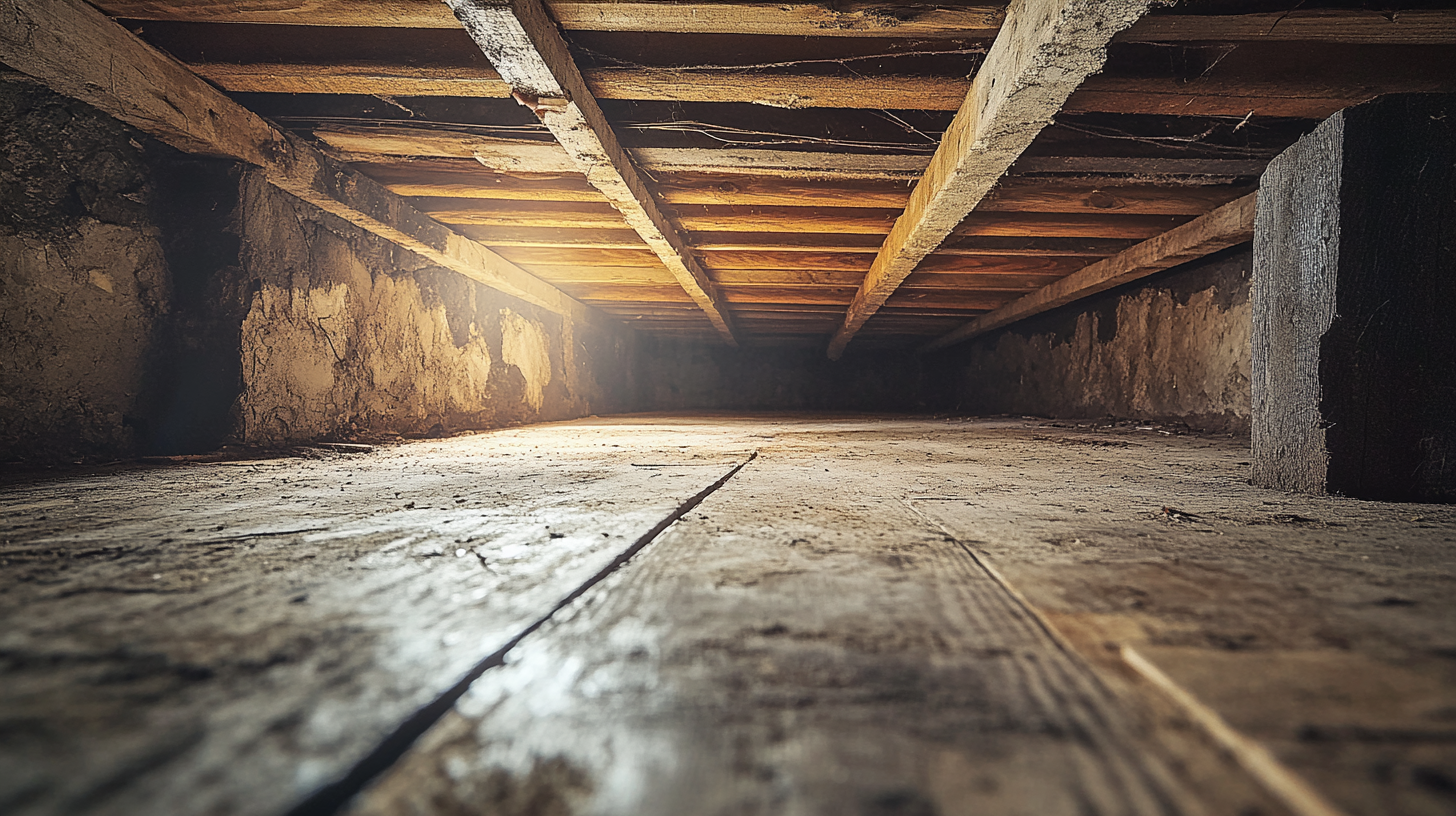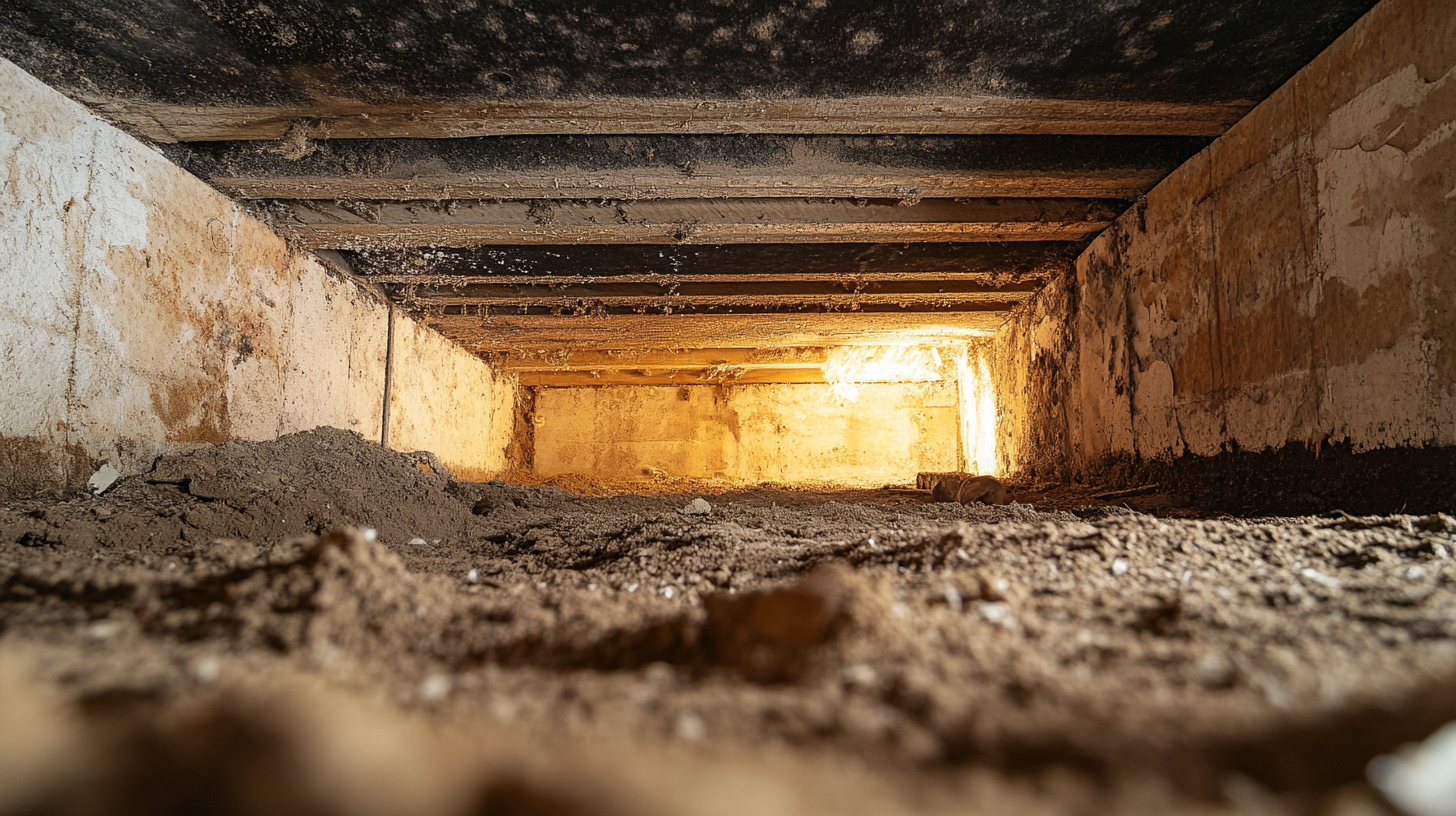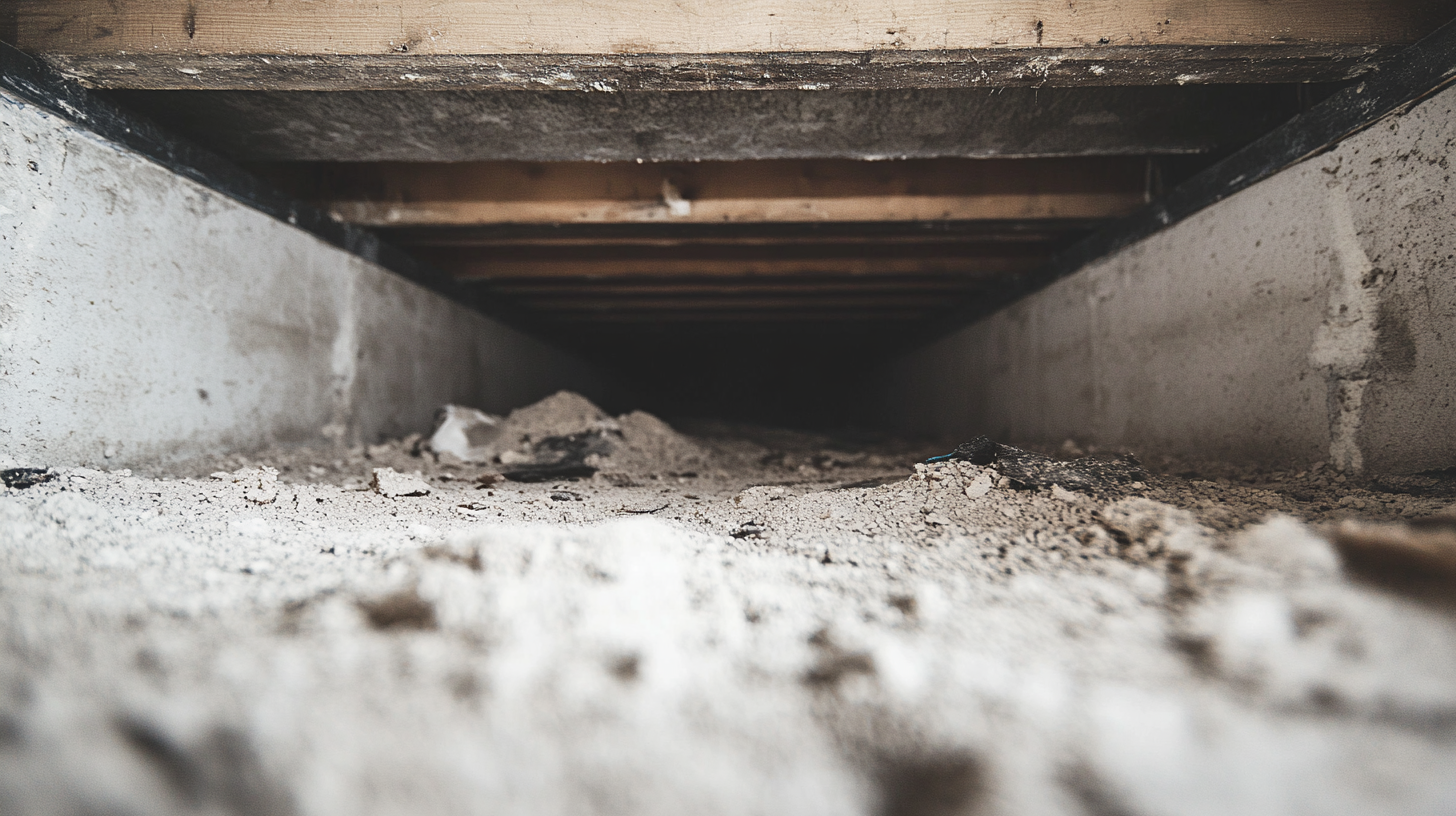Cost-Effective Structural Repair Methods for Homeowners

Structural issues, if left unaddressed, can quickly escalate into major safety hazards and significantly higher repair costs. However, the prospect of tackling these problems can feel overwhelming, particularly when financial constraints are a concern. Balancing the need for timely repairs with the realities of a limited budget is not only a practical challenge but also a vital aspect of responsible property ownership.
Finding cost-effective solutions is crucial for addressing structural issues without compromising safety or quality. By prioritizing repairs, exploring affordable alternatives, and leveraging professional advice, property owners can manage structural concerns in a way that preserves their investments and safeguards the well-being of occupants. This blog will explore strategies for tackling structural repairs thoughtfully and economically, ensuring that critical fixes are achieved without unnecessary financial strain. Through careful planning and informed decisions, it is possible to maintain a structurally sound and budget-friendly property.
Understanding Common Structural Problems
Common Signs of Structural Issues
Recognizing the signs of structural problems early is the first step in preserving the integrity of a building. Cracks in walls, floors, or foundations often indicate underlying issues that may require immediate attention. Sticking doors or windows can signal shifting or settling in the structure, while uneven floors or sagging ceilings may suggest weakened support systems. Identifying these signs early allows for timely intervention, potentially saving significant costs and preventing further damage.
Why Timely Repairs Save Money
Timely repairs are essential for maintaining the structural health of a property and can save considerable money in the long run. Addressing minor issues promptly prevents them from escalating into major problems that require more extensive and expensive repairs. For example, repairing a small foundation crack early can prevent water intrusion and structural weakening. Additionally, timely action helps avoid collateral damage, such as water leaks damaging walls, ceilings, or flooring, which can lead to compounded repair costs. Investing in repairs early is a cost-effective way to protect both your property and your wallet.
Prioritizing Repairs Based on Severity
Effective repair planning begins with prioritizing tasks based on their severity and potential impact. Safety-critical issues, such as damage to load-bearing walls or foundational instability, must be addressed immediately to prevent potential hazards. Aesthetic concerns, such as cosmetic cracks, can often be deferred until more urgent matters are resolved. Temporary fixes, such as stabilizing walls or patching leaks, can serve as stopgap measures to buy time while planning permanent solutions. This approach ensures that resources are directed toward the most critical repairs, maintaining both safety and budgetary balance.
DIY Structural Repairs for Minor Issues
Repairing Wall Cracks
Wall cracks are among the most common structural issues that homeowners can address on their own. With the right tools and materials, such as caulk, spackle, or epoxy, minor cracks can be effectively repaired. Begin by cleaning the crack to remove dust and debris, ensuring a smooth surface for the repair. For hairline cracks, use caulk or spackle to fill the gap, smoothing the surface with a putty knife. For wider cracks, apply epoxy to create a strong bond, allowing it to cure completely before sanding and painting for a seamless finish. This simple process not only restores the appearance of the wall but also helps prevent further deterioration.
Addressing Uneven Floors
Uneven floors can often be remedied with straightforward DIY techniques. Self-leveling compounds provide an effective solution for minor unevenness. These compounds are poured onto the floor and spread to fill low areas, creating a smooth surface. For localized issues, such as sagging in specific areas, installing floor reinforcements or shims can provide additional support and stability. These methods are cost-effective and can significantly improve the functionality and safety of your floors without requiring professional intervention.
Preventing Water Damage
Water damage is a leading cause of structural problems, but preventive measures can be both simple and affordable. Regularly cleaning gutters and extending downspouts ensures that water is directed away from the foundation, reducing the risk of erosion or seepage. Applying waterproof sealants to the foundation provides an added layer of protection against water intrusion. These preventative steps are easy to implement and can save homeowners from costly repairs associated with water-related structural damage.
Affordable Professional Solutions
Foundation Repairs
Foundation repairs can be daunting, but cost-effective solutions like slab jacking and polyurethane foam injection make addressing these issues more affordable. Slab jacking involves pumping a cement-based mixture beneath the foundation to lift and stabilize it, making it ideal for uneven or sunken areas. Polyurethane foam injection, a modern alternative, uses lightweight foam to achieve the same effect with less disruption and quicker curing times. While slab jacking is generally more economical for larger projects, foam injection provides precision and versatility, especially for tight spaces. Understanding the pros and cons of each method helps homeowners choose a solution that aligns with their budget and needs.
Reinforcing Load-Bearing Structures
Reinforcing load-bearing structures doesn’t have to break the bank. Steel braces are a durable and affordable option for adding strength to weakened beams or columns, offering long-lasting support. Sistering joists, which involves attaching a new joist alongside a damaged one, is another budget-friendly method that enhances structural integrity. When deciding between partial and full replacements, consider the extent of the damage. Partial reinforcements are cost-effective for localized issues, while full replacements may be necessary for extensive deterioration to ensure long-term safety and stability.
Roof and Ceiling Repairs
For sagging roofs or damaged ceilings, economical solutions can restore structural integrity without excessive costs. Truss repairs, such as adding reinforcements or installing additional bracing, are effective ways to stabilize sagging areas. Choosing lightweight materials, like engineered wood or composite panels, reduces material costs and eases installation, lowering labor expenses. These approaches allow homeowners to address roof and ceiling issues affordably while maintaining quality and durability.
Tips for Reducing Repair Costs
Preventive Maintenance
Preventive maintenance is one of the most effective ways to minimize repair costs over the long term. Regular inspections help catch potential issues early, preventing them from escalating into major problems that require expensive fixes. Simple, routine tasks, such as sealing minor cracks in walls or foundations and cleaning and maintaining gutters, can protect your property from water damage and structural strain. Investing time in preventive measures reduces the likelihood of unexpected repair expenses and helps maintain the overall integrity of your home.
Comparing Contractor Quotes
When professional repairs are necessary, comparing contractor quotes is essential to securing the best value for your investment. Obtain multiple quotes from reputable contractors to assess a range of pricing and services. Ensure that the contractors you consider are licensed and insured to protect yourself from liability and ensure quality work. Carefully review the scope of work included in each quote to avoid hidden costs and make an informed decision that balances affordability with reliability.
Exploring Financial Assistance
Financial assistance can significantly ease the burden of structural repairs, especially for larger projects. Home improvement loans or grants are available through various government programs, banks, and community organizations, providing access to low-interest funding or subsidies. Additionally, certain structural repairs may qualify for tax deductions or credits, particularly those related to improving safety or energy efficiency. Researching these options can help you manage repair costs more effectively while taking advantage of available financial support.
Long-Term Savings Through Strategic Investments
Using Durable Materials
Investing in durable, high-quality materials during repairs pays off significantly in the long run. Materials such as composite wood, treated steel, and reinforced concrete offer exceptional longevity and resistance to wear, reducing the frequency and cost of future repairs. While the upfront costs may be higher, their resilience against environmental factors and daily wear ensures that structures remain strong for years. Durable materials are a strategic choice for those looking to minimize maintenance costs and enhance the overall value of their property.
Enhancing Energy Efficiency
Structural repairs present an excellent opportunity to incorporate energy-saving upgrades. Sealing leaks around windows, doors, or foundations not only prevents structural issues but also improves insulation, reducing heating and cooling costs. Similarly, upgrading materials like roofing or siding during repairs can boost energy efficiency. These dual-purpose fixes provide immediate structural benefits while lowering utility bills, making them a smart investment for cost-conscious homeowners. Over time, the savings on energy expenses can offset the initial repair costs.
Building a Maintenance Fund
Creating a dedicated maintenance fund is a proactive financial strategy that ensures you’re prepared for unexpected repairs. Setting aside a small amount each month helps build a reserve specifically for addressing future structural issues. This approach not only reduces the financial strain of unplanned expenses but also allows homeowners to act swiftly when repairs are needed, preventing further damage and costs. A well-maintained fund ensures that property upkeep remains manageable and financially sustainable over the long term.
FAQs
Contact Fast Response Cleaning & Restoration Today!
Fast Response Cleaning & Restoration will do everything we can to ensure your experience with us is excellent.
Request A FREE Estimate
Request A FREE Estimate Form
CHECKOUT RECENT POST



Have an Emergency? We're Here to Help!
When it comes to disaster cleanup, we are a seasoned veteran in the industry and have helped hundreds of property owners just like you.
Our disaster recovery teams are available 24-7 to quickly clean up and repair disasters of all types.
